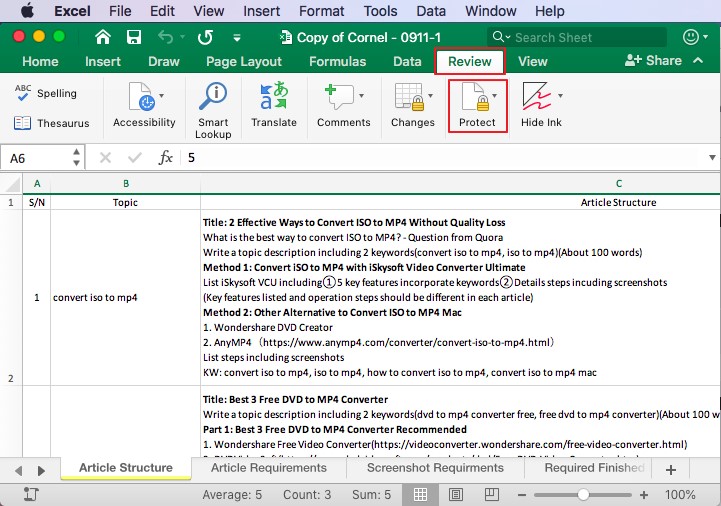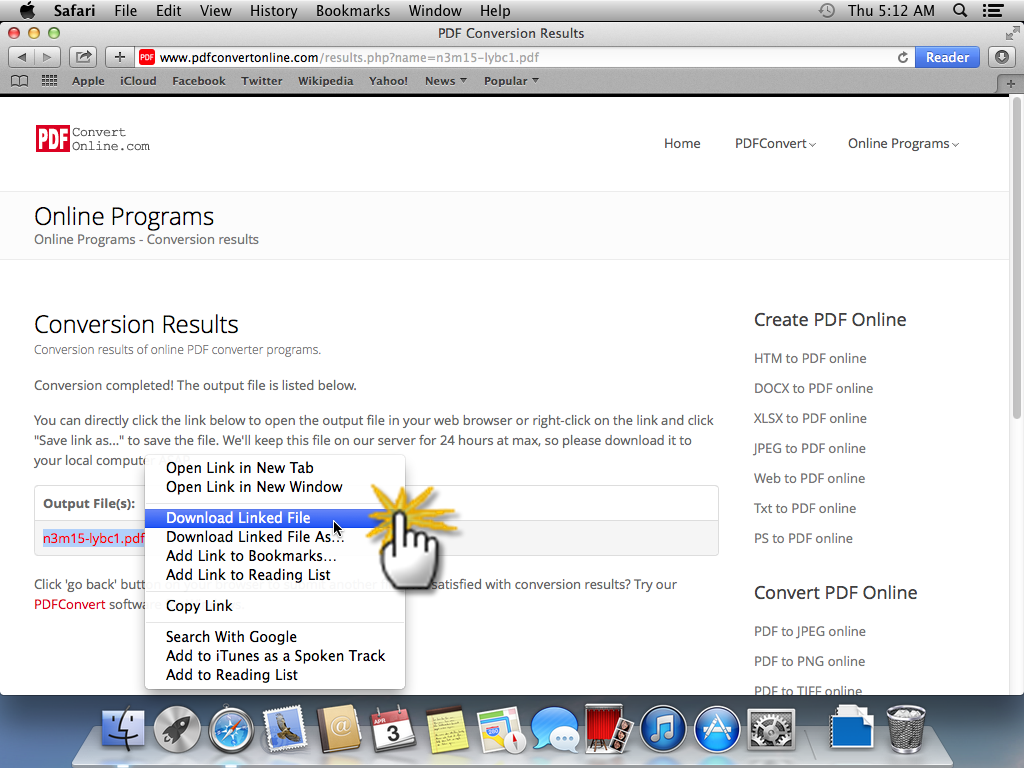

You can repair your Mac’s permissions from the Disk Utility application. If you’re having some sort of problem, repairing your permissions is a good, safe place to start. If you’re not having trouble with your Mac, you shouldn’t need to repair permissions. That’s why repairing your Mac’s permissions is one of the first troubleshooting tips you’ll get if you have a problem with your Mac. The repair process shouldn’t cause any problems. Repairing your file permissions is also a safe operation. There are many problems that can be caused by incorrect - or “damaged” - permissions. A program might accidentally give your user account read-only access to your home folder, preventing you from saving or modifying any files. A program might make a program file not-executable, preventing an application from running. For example, a program might incorrectly assign write permissions to system files, reducing security by allowing normal user programs to modify them. It’s possible that these new permissions will then cause problems. You can view a file or directory’s permissions by holding Ctrl and clicking the file or directory in the Finder, clicking Get Info, and looking under Sharing & Permissionsĭuring the normal use of your system, it’s possible that programs will change file or folder permissions from their original ones. There are also more modern access control list (ACL) permissions. There are standard UNIX file permissions, the same sort of permissions you’d find on Linux. Macs have two different types of permissions. If you have multiple user accounts on your Mac, permissions keep each user account’s files private from other uses. A program you run on your desktop can’t just modify your system files without permission. The permission system is a way Mac OS X and other operating systems ensure security. Executable files must be marked as executable or the system won’t allow them to run. For example, system files are marked read-only so normal user programs can’t modify them.

The permissions control which users and system processes have access to the files, and what they can do. Like on other operating systems, including Windows and Linux, files and directories on a Mac each have their own permissions.

RELATED: How to Disable System Integrity Protection on a Mac (and Why You Shouldn't) What Are Permissions, and What Does Repairing Them Do?


 0 kommentar(er)
0 kommentar(er)
